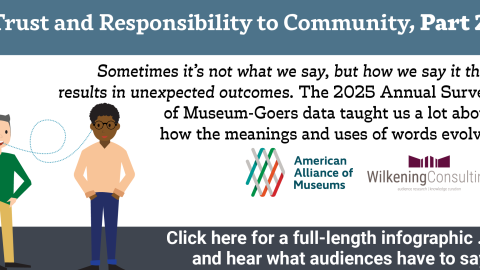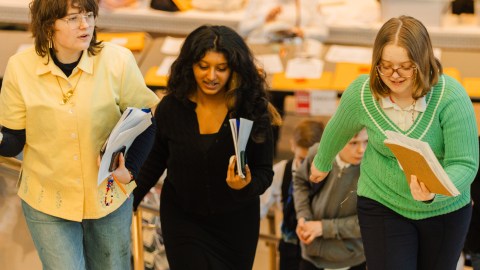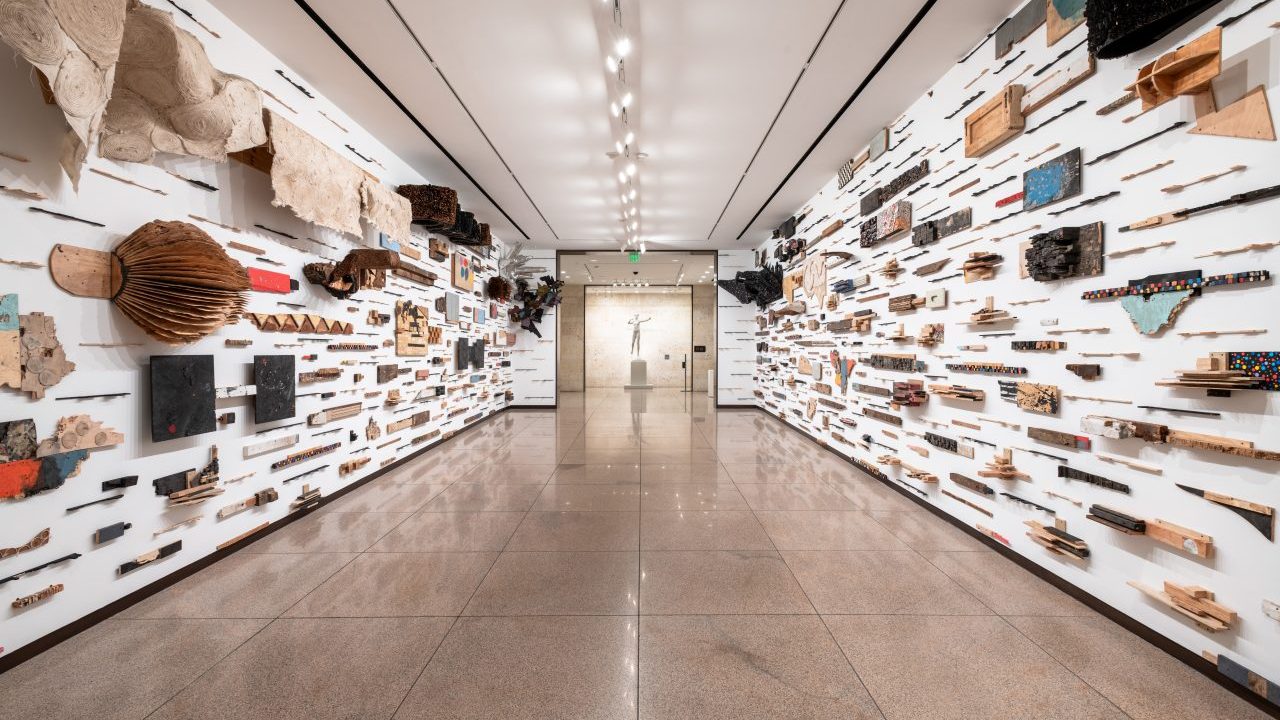
Since its founding in 1961, the Amon Carter Museum of American Art (the Carter) has championed the voices of American artists, openly sharing their creativity by providing the public with free and open access to the museum. In addition to historical art, the Carter has a long history of thoughtfully engaging with the art of its time, including collaborating with Georgia O’Keeffe on one of her first retrospectives in 1966, building one of the nation’s foremost Stuart Davis collections beginning in 1967, collecting works by contemporary photographers like Edward Weston beginning in the 1960s, and commissioning Richard Avedon’s groundbreaking photography project In the American West in 1979.
Now in the twenty-first century, the Carter is working to reinvigorate this historical legacy of recognizing living artists. Over the past eleven years, staff have reignited our efforts to actively exhibit and commission works by American artists practicing today. Placing these works in dialogues with those in the museum’s historical collection, we are allowing audiences to experience the diverse and changing landscape of American art as it unfolds while providing context to reflect upon how we reached these new junctures. In the process, we are inviting in new and more diverse voices and perspectives, illuminating historical artworks for a wider audience. Highlighting past as precedent, this approach aims to meet the mandate for museums to foster new ideas that contribute to the national conversation and dialogue on the issues of today.
Our recent work with living artists falls under several strategies. The first has been creating a contemporary collecting plan for works on paper, building upon the museum’s initiative to collect such works when few other institutions were buying them in the 1960s and 1970s. Under this plan, we are actively acquiring contemporary drawings and prints, which are in turn inspiring new exhibitions, including a rotating program in the permanent collection galleries called Re/Framed, which draws on our historic and contemporary photographs and works on paper to offer visitors new experiences and fresh ways of looking at our historical collections.
Another strategy involves a series of rotating commissions for the museum’s atrium, including works by Sedrick Huckaby (2013-14), Esther Pearl Watson (2015-16), and Gabriel Dawe (2016-present).
Dawe’s currently running installation highlights the impact of this strategy. An element of Dawe’s work is making sure voices long neglected in the museum sphere, including the LGBTQ and Mexican American communities of which he is a part, take up metaphorical and literal space. Dawe uses sewing thread to forge connections, elicit joy, and enliven often stark spaces like the walls of a gallery or museum. His installation Plexus no. 34 (2016) brings light and color and domesticity into one of the most prominent spaces in the museum. Its kinetic qualities and the fact that it shifts with the changing conditions of the day, the weather, or the seasons, encourages somatic engagement and causes people to marvel, to dance, and to engage in disarming conversation, creating a communal experience of joy.
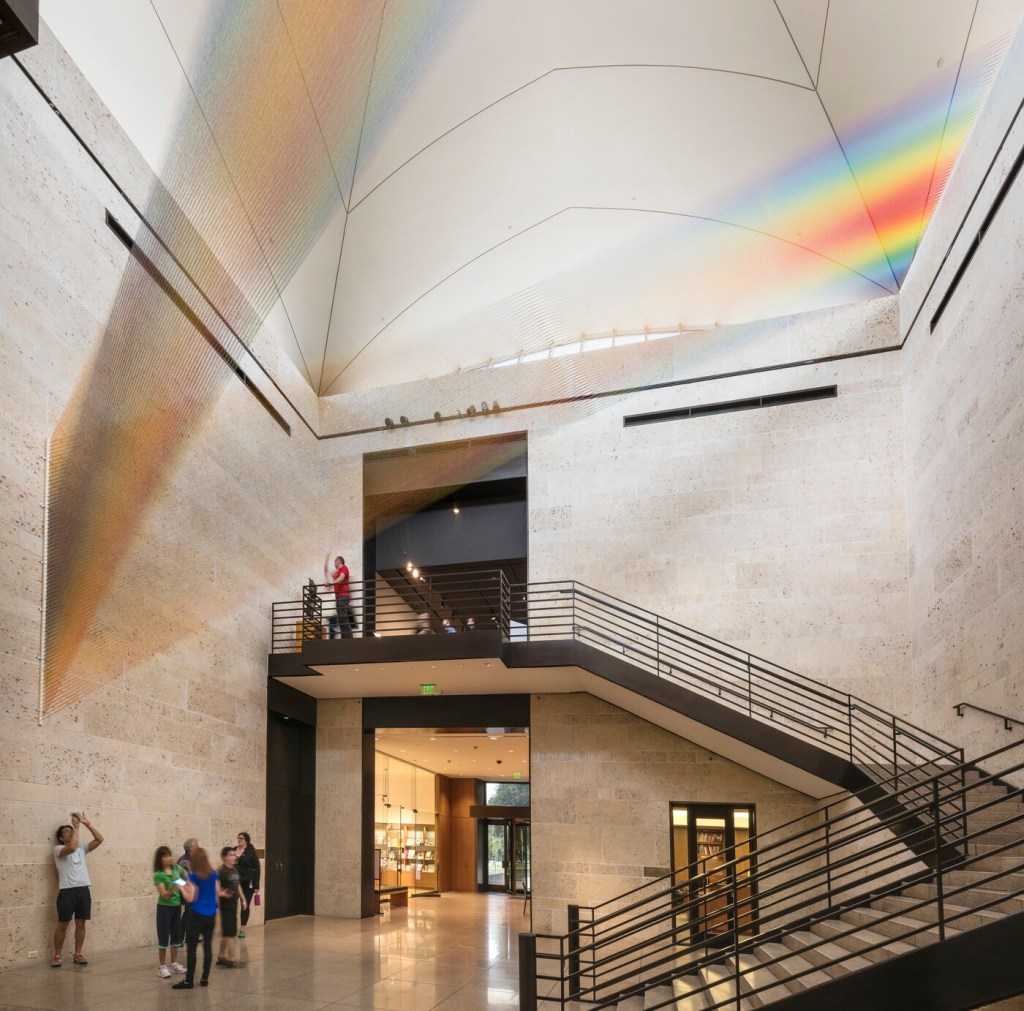
This atrium series has transitioned into an annual commission for living artists to activate the museum’s first-floor sloping gallery, which connects the Carter’s two buildings, including work by Justin Favela (2020), Natasha Bowdoin (2020-21), Stephanie Syjuco (2022-23), Leonardo Drew (2023-24), and Jean Shin (2024-25). For these site-specific commissions, we are intentional about connecting the past and present, asking artists to respond to our historical collection, focusing on what inspires or moves them. Through their deep connection to the museum’s collection, the commissioned artists create work that likely could not materialize in another setting, and often begin historical research that extends beyond the confines of their installations at the Carter, thereby shaping their oeuvres in exciting ways.
Justin Favela, for example, was captivated by nineteenth-century Mexican lithographs by Casimiro Castro. Castro’s juxtaposition of nature and industry became the impetus for Favela’s giant piñata abstract murals, and we were able to show the historical works alongside the installation it inspired. Because Favela’s work is highly collaborative in its execution, many people came to help in his creative process and found themselves feeling welcome at the Carter for the first time. In so doing, they not only met and came to love Favela, but also gained a new appreciation for works that had not been displayed in many years.
Artist Natasha Bowdoin similarly took inspiration from the Carter’s rarely seen collection of nineteenth-century floral dictionaries to create a night garden constructed from paper. Like Favela, Bowdoin emphasized a theme of inclusivity by creating a garden where eclectic representations of nature function as symbols of humanity to inspire a message of a more peaceful, interconnected world.
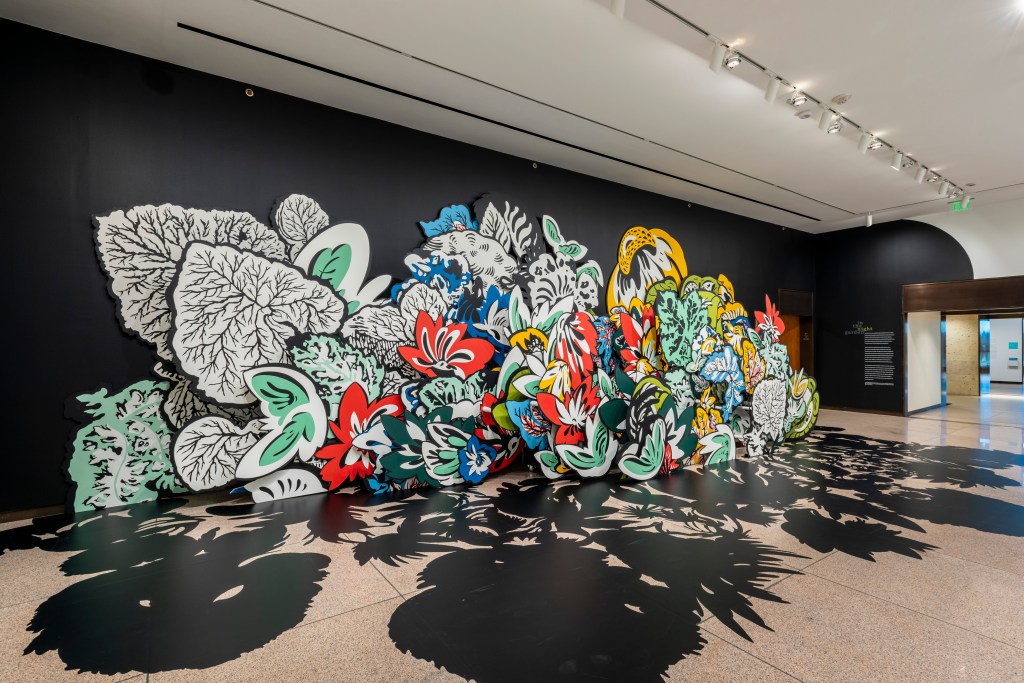
A dynamic synergy occurred between historic and contemporary sculpture when Leonardo Drew completed his sloping gallery installation alongside a riveting new look at the work of Louise Nevelson. Creating an immersive experience through topographies at once looming in size and stunning in their intricacies, Drew not only connected his hands-on techniques and wooden materials with Nevelson’s assemblages, but also those by collection artists Arthur Dove and George Morrison, establishing an unprecedented dialogue across materials and time. Reactivating sculptural histories while addressing contemporary issues related to climate change, Drew’s commission reified the museum’s mission to readdress the past while looking at the present and future directions of America and its art. This July, the sloping gallery has been transformed once again with Jean Shin’s installation The Museum Body (2024), which takes the museum and its varied, often unrecognized, workforce as its subject.
Beyond building these dedicated spaces for contemporary works, we have also worked to connect our permanent collection’s historical works more to the lived experience of our visitors. For example, one of the most utilized and evocative works in the Carter’s collection is one of eight known casts of John Quincy Adams Ward’s bronze sculpture The Freedman (1863). The sculpture is one of the first renditions of a Black man cast in bronze in the US and one of the only depictions of emancipation where the figure is the agent of his own freedom, rather than subjugated to a white emancipator. While this rendition of the topic was highly aspirational for the nineteenth century, particularly as the outcome of the Civil War was still unknown when it was created, many members of today’s public see it differently, finding the image of a Black man holding shackles a continuing reminder of societal inequities. To live up to our goal to engage more with the present, we decided the time had come to square these two realities, critically interrogating the impact of sculpture in public life and centering the voices of living intellectuals and creative professionals addressing agency and emancipation (or the lack thereof) in historical and contemporary expression.
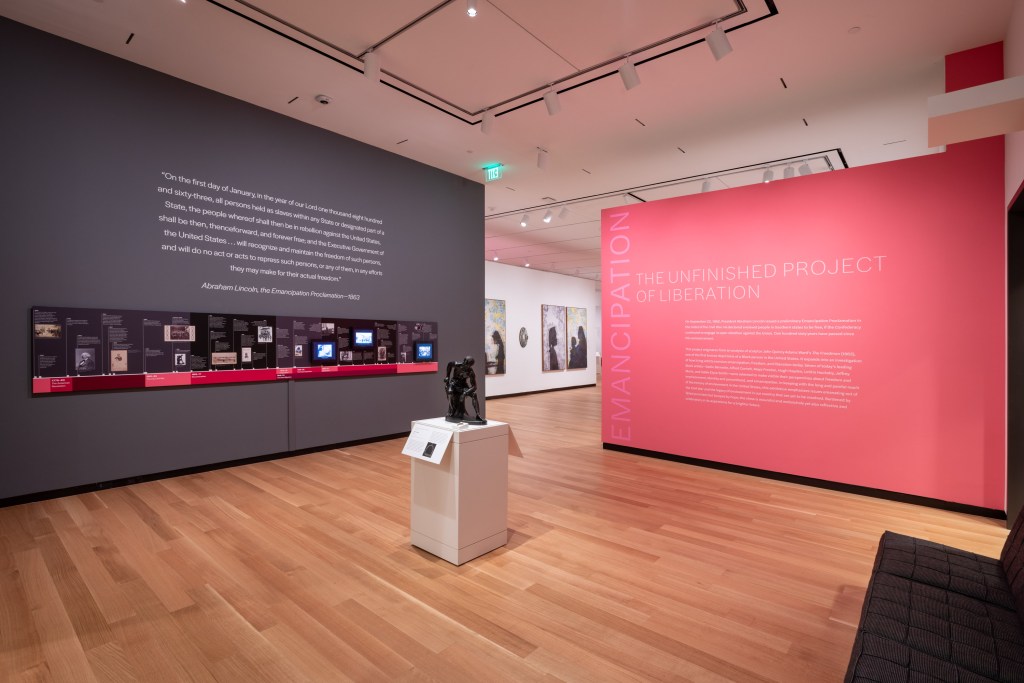
The resulting show began with context—an introduction of Civil War-era works contextualizing the Carter’s version of The Freedman—but really Emancipation: The Unfinished Project of Liberation (2023) was an opportunity to feature seven contemporary Black artists whose respective practices engage the medium of sculpture and installation connected to themes of freedom or imprisonment, the long legacy of the Civil War in the United States, and body and personhood. The artists—Sadie Barnette, Maya Freelon, Hugh Hayden, Letitia Huckaby, Jeffrey Meris, Sable Elyse Smith, and Alfred Conteh—not only had the opportunity to create a new work of their choosing that engaged with history, but also shaped our audience’s perceptions of the contemporary relevance of historical art. The exhibition toured to three academically affiliated museums, and we are seeing the ripple effects of an exhibition that not only engaged a general audience, but also served as a provocation for the next generation of scholars.
One of the great challenges of working with historical collections is how to connect with a multitude of audiences and relate the endeavors of the past to lived experience today. After all, if the context of an object is firmly anchored in the past, how might the people of today find meaning in it, or see themselves reflected in it? Placing contemporary works in historical galleries is simple enough on its face—the challenge is to look beyond aesthetic or historical convergence and make meaning of this integration. At the Carter, we have worked hard to connect past to present in robust and purposeful ways that ring loud and clear, rather than echo.




